Editorials
Celebrating 6 of the Scariest Stop-Motion Effects in Horror

Stop-motion animation is responsible for some of the most heartwarming moments in the history of film, but even the most ardent fan of Claymation has to admit that there’s something inherently uncanny about puppetry where you can’t see the strings. The very act of bringing an inanimate humanoid figure to life recalls spooky tales of monsters and dark sorcery, so it’s not surprising that stop-motion has also been used as a tool to scare.
And with modern media like The Shivering Truth and Robert Morgan’s Stopmotion reminding us that animation can convey terror just as easily as cartoony laughs, we’ve decided to come up with a list celebrating six of the scariest stop-motion effects in horror.
For the purposes of this list, we’ll be considering any film that utilizes stop-motion to bring a character to life, be it as a brief photo-realistic special effect or traditional animation.
As usual, don’t forget to comment below with your own favorite animated effects if you think we missed a particularly frightening example of stop-motion horror.
With that out of the way, onto the list…
6. Pennywise – It (1990)

Modern television shows often boast blockbuster budgets and film-quality special effects in order to compete with theatrical releases, but the made-for-TV productions of the 90s taught us to manage expectations when it came to bringing supernatural monsters to life on the small screen.
And while we all remember Tim Curry’s performance as the real highlight of 1990’s It mini-series (as we should, with the actor basically carrying the experience on his sexy shoulders), he was aided by a series of clever special effects meant to show off the evil clown’s shape-shifting powers. Personally, I think the creepiest of these effects was the brief use of a stop-motion puppet during the series’ infamous shower scene, where Pennywise reshapes himself to travel through a drain.
Visually, the mini-series isn’t on the same level as the Andy Muschietti adaptations, but the eerie nature of the animation here cements the stop-motion Tim Curry puppet as a memorable moment in claymation history.
5. The Mysterious Stranger – The Adventures of Mark Twain (1985)

A criminally underseen classic, Will Vinton’s animated celebration of Mark Twain’s life and imagination is by no means a horror film, but this mostly wholesome experience briefly makes an unexpected detour into disturbing territory when the filmmakers decide to reference Twain’s The Mysterious Stranger – also known as The Chronicle of Young Satan.
Featuring trippy animation and impressive facial work, this single disturbing sequence has largely outshined the rest of the film with its bizarre portrayal of Lucifer and the folly of humankind. That’s why it’s become a staple of scary video compilations everywhere, with some online users even claiming that the scene is so unsettling that the movie must be cursed.
4. Otik – Little Otik (2000)

More of an art-house fairy tale than a proper genre film, Jan Švankmajer’s experimental fable differs from the other live-action movies on this list due to the simple fact that its special effects aren’t actually trying to emulate reality.
Telling the story of a childless couple that adopts a humanoid-looking tree stump only to have to deal with the consequences of the creature’s insatiable hunger, Little Otik makes excellent use of jerky animation to enhance the film’s atmosphere. There’s an unmistakable otherworldly vibe here that could only have been accomplished through stop-motion craftsmanship, and I wish we’d see this kind of thing pop up in more movies.
3. Full-Body Werewolves – The Howling (1981)

Joe Dante’s classic creature feature may have been overshadowed by the other famous werewolf movie from 1981, but that doesn’t make its groundbreaking special effects any less impressive. While Rick Baker and his team were only tasked with bringing a single werewolf to life in John Landis’ film, Rob Bottin had a whole tribe to deal with, making the results that much more impressive.
Of course, the eeriest of the flick’s creative decisions has to be the use of stop-motion in all of the wide shots featuring the werewolves’ full bodies. The technique could easily have felt cartoony and out of place, but there’s something appropriately off-putting about the monsters’ unnatural movements here – which is why The Howling makes it onto this list.
2. T-800 Endoskeleton – The Terminator (1984)
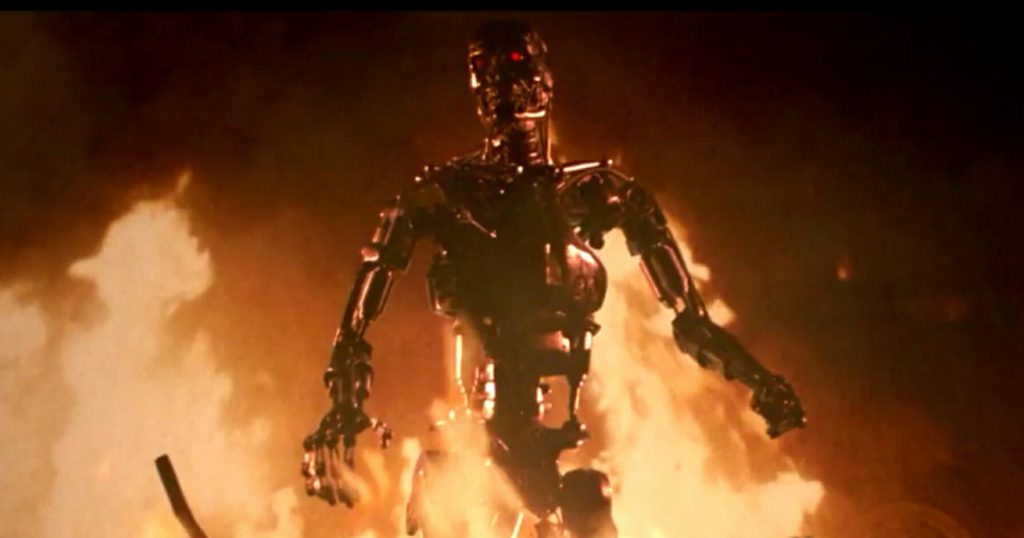
We may take the T-800’s iconic skeletal design for granted these days, but that explosive moment in the original Terminator where it’s revealed that Schwarzenegger’s robotic endoskeleton survived the tanker explosion must have been one hell of a twist back in ’84. And while Arnold’s robotic performance and the gnarly gore effects accompanying it are simply legendary, I think the film’s scariest moments were achieved in an animation studio.
Another case of a filmmaker using stop-motion to bring monstrous wide-shots to life, uncanny frame-by-frame puppetry was the perfect choice to set up the antagonist’s desperate final form. In fact, I’d argue the stop-motion version of the iconic robot is its scariest iteration across the entire franchise, with only the messy Terminator Salvation coming close to competing with its grimy charms.
1. Cthulhu – The Call of Cthulhu (2005)
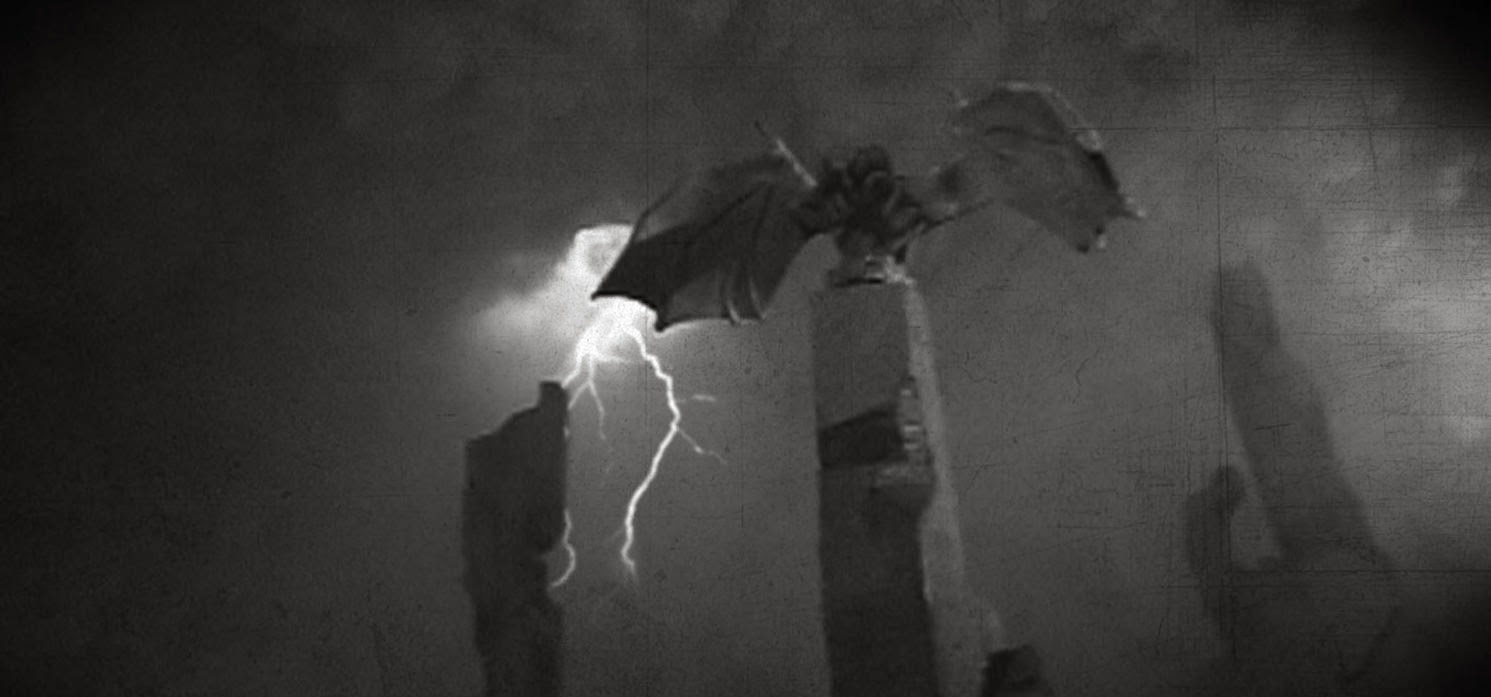
From Antrum to Late Night with the Devil, I’m a sucker for faux retro cinema, which is why I can’t help but bring up Andrew Leman’s silent Lovecraft adaptation, The Call of Cthulhu. Championed by the H.P. Lovecraft Historical Society, this ambitious indie production presents itself as a 1920s adaptation of the short story of the same name, utilizing period-accurate visuals as it brings Lovecraft’s most iconic creation to life.
Granted, the puppet looks a little goofy in clear lighting, but the narrative build-up to the great old one’s reveal makes it an incredibly unnerving moment, especially when you consider that we’re only really watching an insane sailor’s recollection of these events – not necessarily what actually occurred. And like some of the other movies on this list, the creature’s unnatural movements only add to the eldritch horror.

Editorials
‘The Strangers: Chapter 1’ – Six Things We Learned from the Blu-ray Commentary

Lionsgate’s The Strangers: Chapter 1 launches a reboot trilogy based on the 2008 home invasion film, all three movies shot simultaneously under the direction of Renny Harlin.
To tide you over until Chapter 2, Chapter 1‘s home video release offers an audio commentary from star Madelaine Petsch and producer Courtney Solomon that hints at what’s to come.
Here are six things I learned from The Strangers: Chapter 1 commentary.
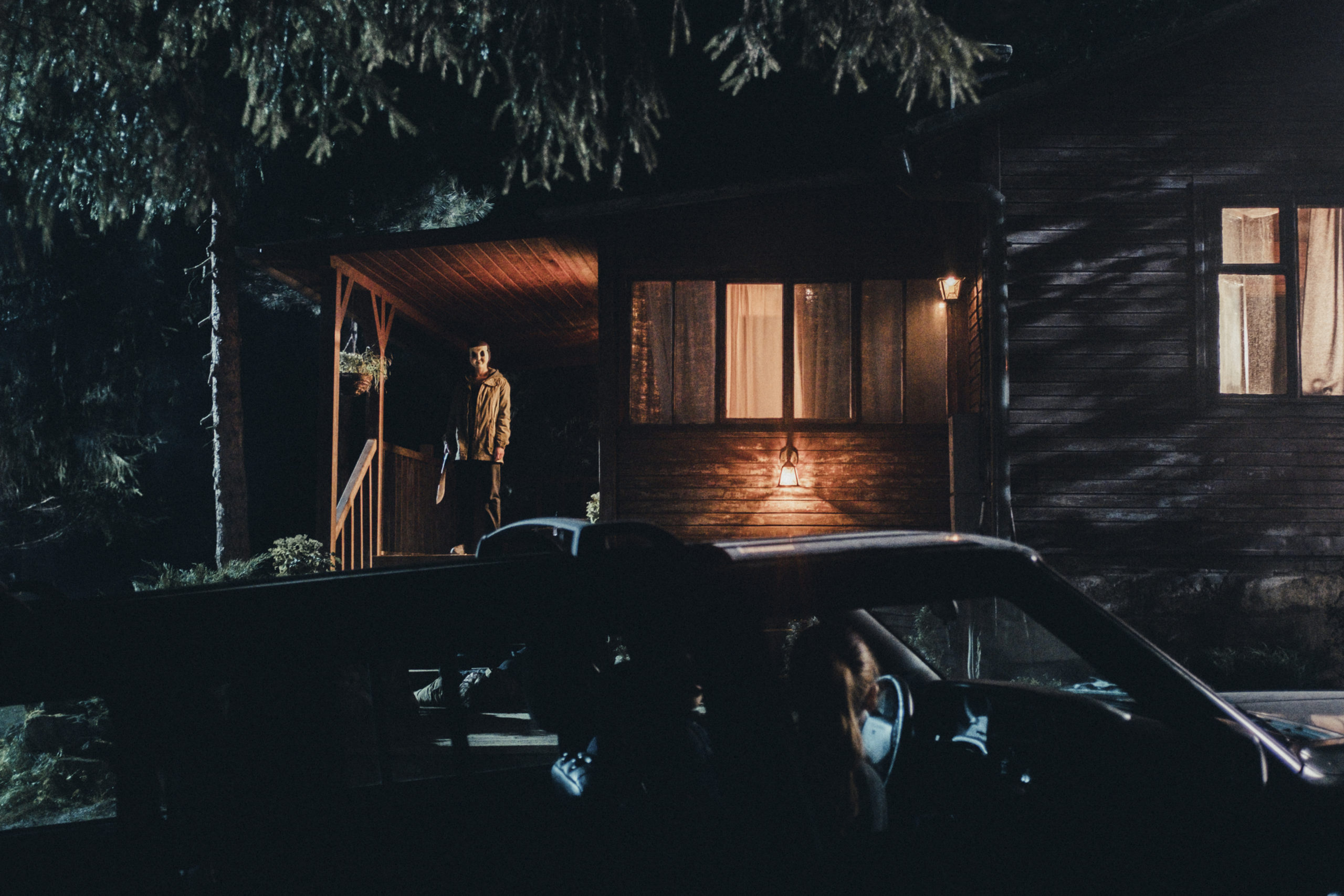
1. The opening music cue was inspired by The Shining.
The film’s opening establishing shot roving over the woods — with Bratislava, Slovakia standing in for the small town of Venus, Oregon — evokes the beginning of Stanley Kubrick’s The Shining, which was also a point of reference for the score.
“When we were scoring this, we looked at The Shining,” says Courtney Solomon, referring to Wendy Carlos’ iconic main title theme. “‘Cause we were looking for how, even though it’s dated, they were in that open, sort of everything environment, musically.”
Justin Caine Burnett (I’ll Always Know What You Did Last Summer, 9-1-1: Lone Star) composed the score.
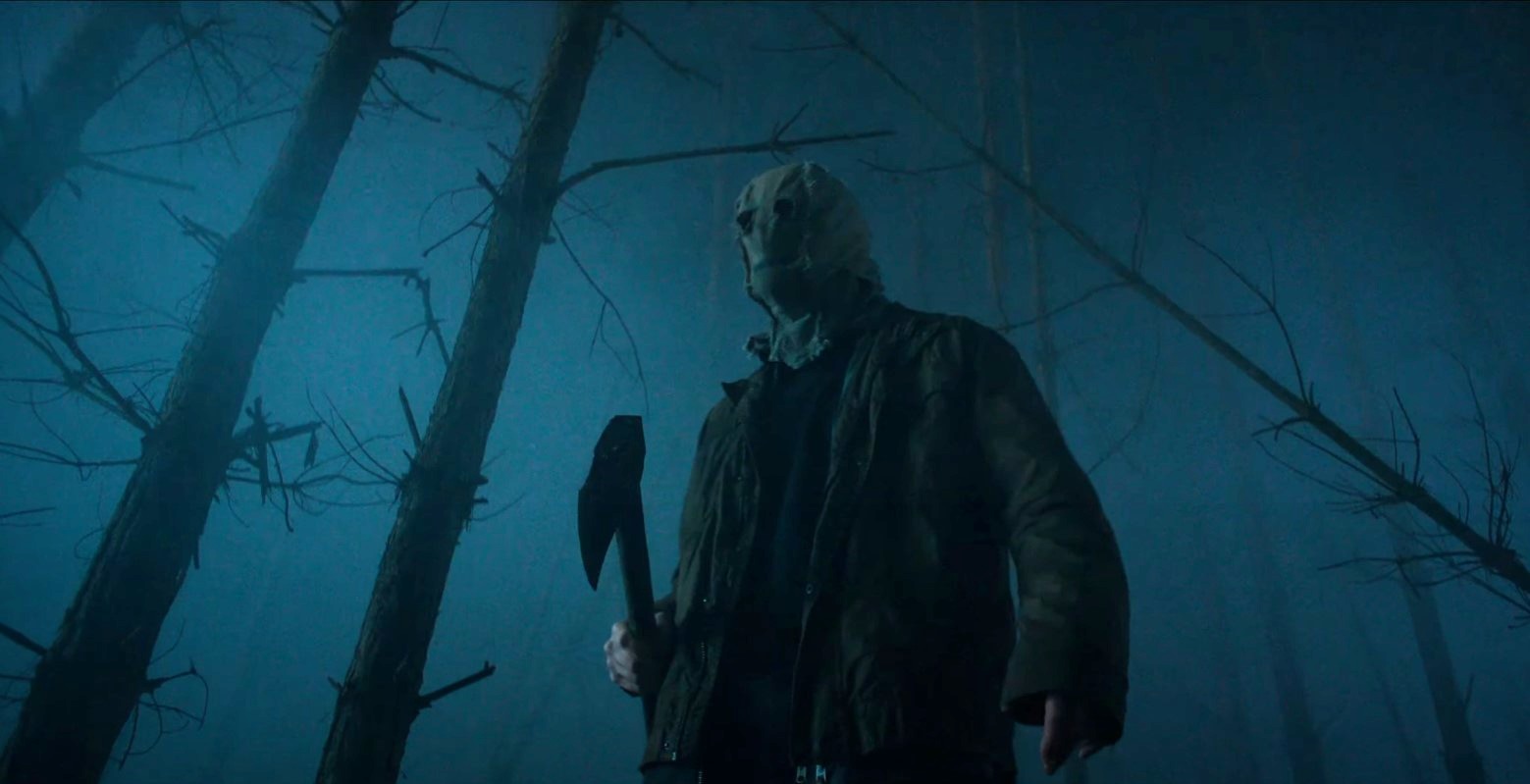
2. The cold open features an important character to the trilogy.
Shot together like one long movie, The Strangers trilogy will take place over a four-day period, with each subsequent entry picking up immediately after its predecessor’s finale.
Chapter 1‘s cold open features actor Ryan Bown — doing his own stunts, as Petsch points out — as a character who will play a bigger role in the coming installments.
“Jeff Morell, we’ll come to find out who this guy is as we go through all three chapters, but we sort of begin here,” Solomon notes.
“He’s a pretty important piece to this puzzle,” teases Petsch. “Some might say the piece.”
They also hint that viewers haven’t seen the last of Rachel Shenton’s Debbie, who Petsch’s Maya talks to on FaceTime, along with many of the townspeople from the diner scene.

3. Petsch was terrified of the project due to her love of the original film.
The shadow of the original Strangers looms large over Chapter 1. Petsch is “such a fan” that she was hesitant about doing a new version:
“I was terrified to touch that property. I think it’s an incredibly perfect horror film. I’ve seen so many horror films, and I feel like it’s one of the only ones that’s truly scared me to my bones, that I still think about all the time. So as we were trying to expound upon that story, with the second and third movies, we had to naturally repel the first story.”
Solomon similarly thinks highly of the original:
“I love the original Strangers. I wasn’t as big a fan of the sequel [2018’s The Strangers: Prey at Night], because it was just another story in a trailer park with the Strangers. I didn’t love that two of the Strangers got killed. That was just me personally; there are people that liked it. I was like, ‘I’d like to do something more interesting.’ In order to do it, to find that balance of retelling what made the first one so great as the basis to be able to launch off and tell the rest of the story.”
Petsch adds, “As we know, at the end of the first one, one of the last shots is Liv [Tyler]’s eyes opening. I’ve always wondered what happens after that.”
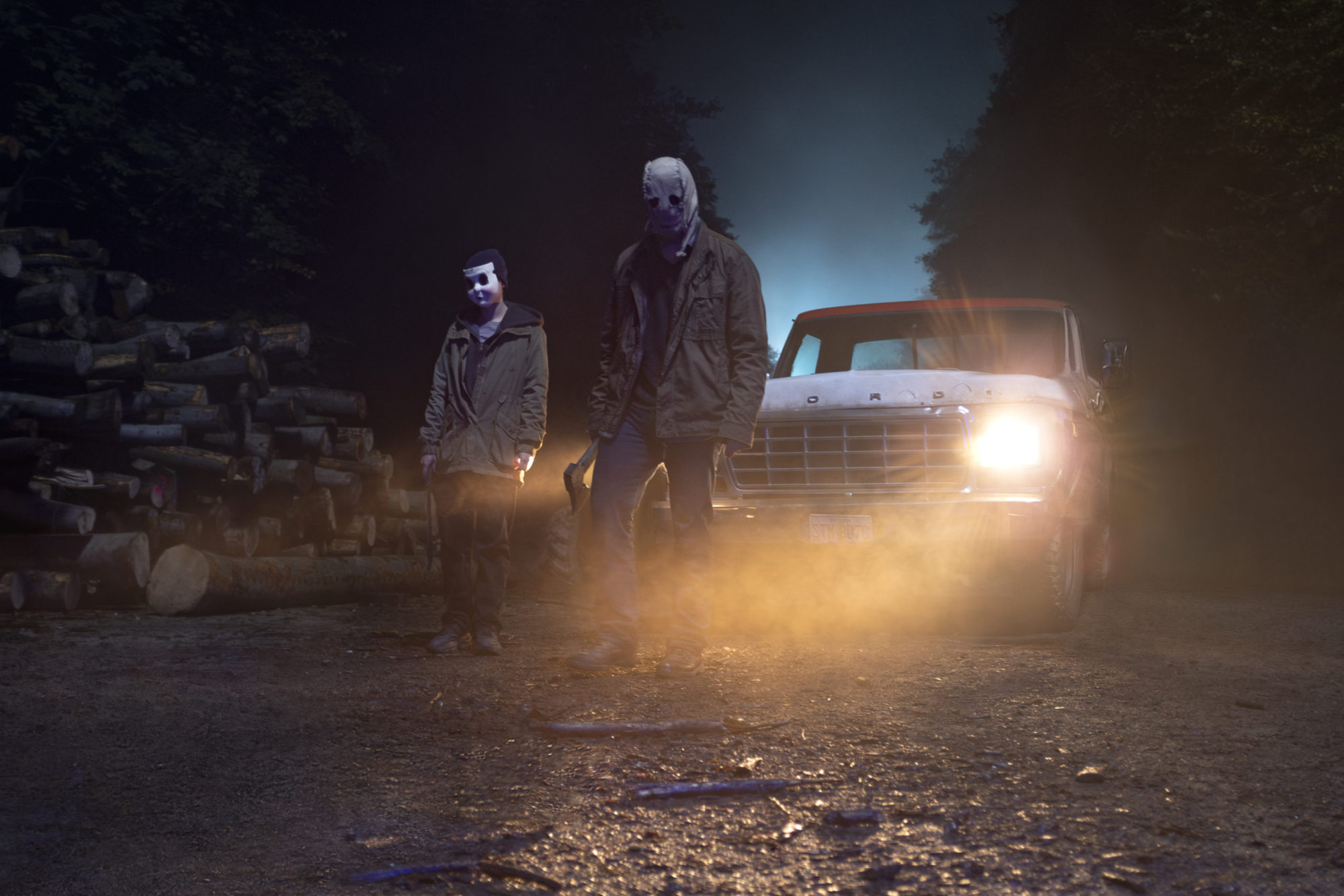
4. The killers’ hair is concealed to hide their identity.
Although the filmmakers opted to keep the look of the titular Strangers true to the original, Dollface and Pin-Up Girl’s hair is now concealed. This was a “purposeful change” to hide their identities, which will presumably be revealed later in the trilogy.
“We had a specific reason for doing it, obviously, because you do end up meeting a bunch of the folk from this small town,” explains Solomon. “You don’t know who’s wearing the mask, so if we had given up the hair that would make that identification a little bit easier.”

5. Petsch conceived the shower scene based on a personal fear.
In addition to starring in all three films, Petsch is an exclusive producer on the trilogy. More than a mere vanity credit, she had creative input throughout the stages of production, including the addition of Chapter 1‘s shower scene.
“This was not in the original script, the shower. Maybe our first week we were talking about what would be the scariest thing for me if I was in a situation like this,” she recalls. “I shared with you that every time I take a shower and I’m at the point where there’s suds of soap in my eyes and I’m shampooing, I’m always sure that’s when the serial killer’s gonna walk in. So we wrote this in, because I think that must be a common experience.”
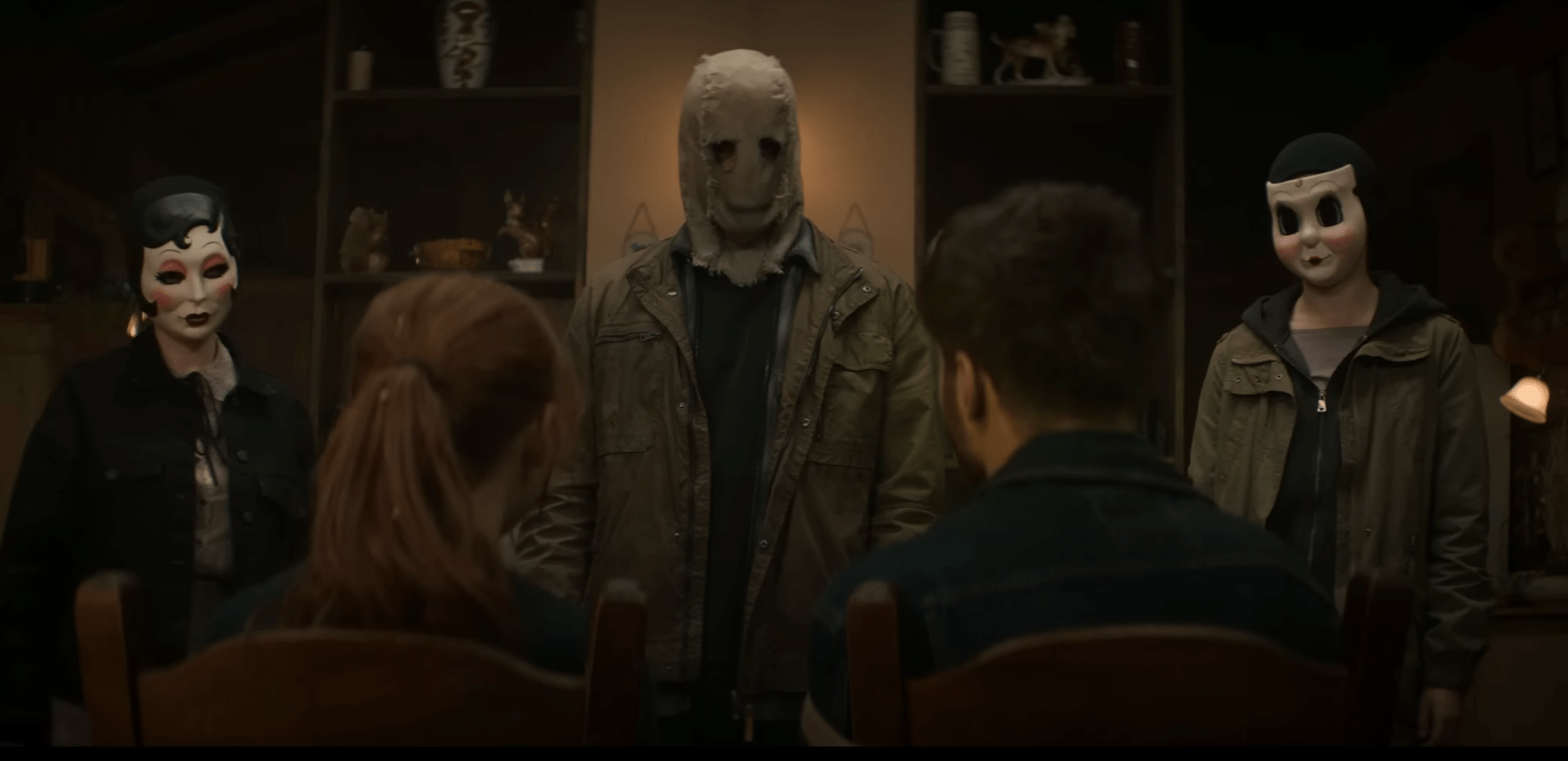
6. Remaking the original film was a conscious decision to kick off the trilogy.
It’s not until the end titles that the pair directly address the thought process behind launching the reboot trilogy with a retread of the original.
“Some people may go and watch this and go, ‘Oh, my god. It was a remake of the original.’ But actually this is just act one of our giant movie! If you watched it as a whole, then you’d be like, ‘Oh, shit. That’s just where it started,” says Solomon. “This is the 90-minute setup of the entire thing.”
Petsch concurs, “Don’t get me wrong. I also feel like the original is so good that it would be crazy to just do a remake of the original, but in order to tell the story that we were trying to tell, you kind of have to go back and do a repurposing of that story with these two new characters.”
“They did the whole first movie, the original, amazing, but that’s the jumping off point. This entire giant movie that’s become three chapters was done with a lot of love,” Solomon concludes.
The Strangers: Chapter 1 is available now on 4K Ultra HD, Blu-ray, DVD, and Digital.
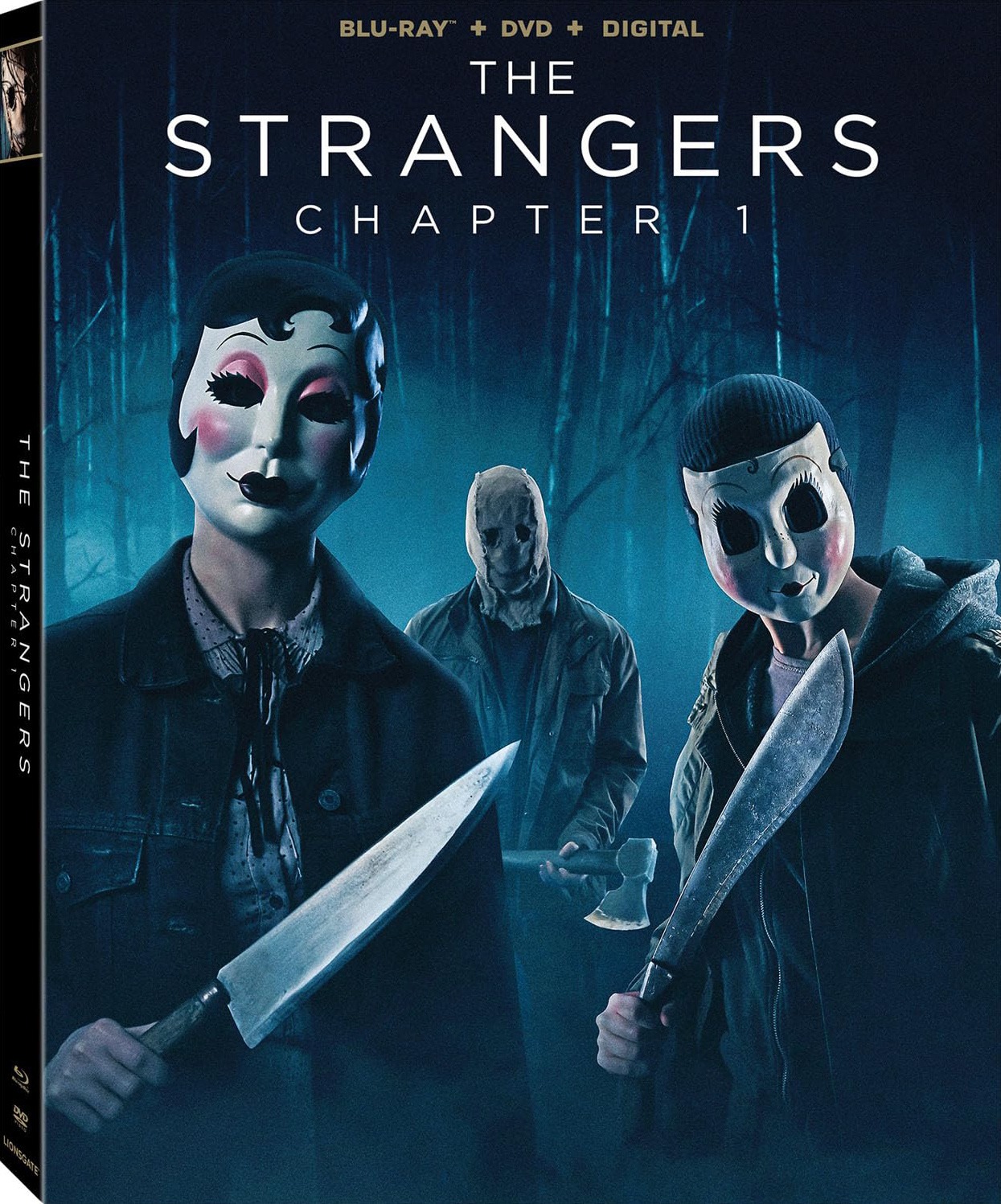
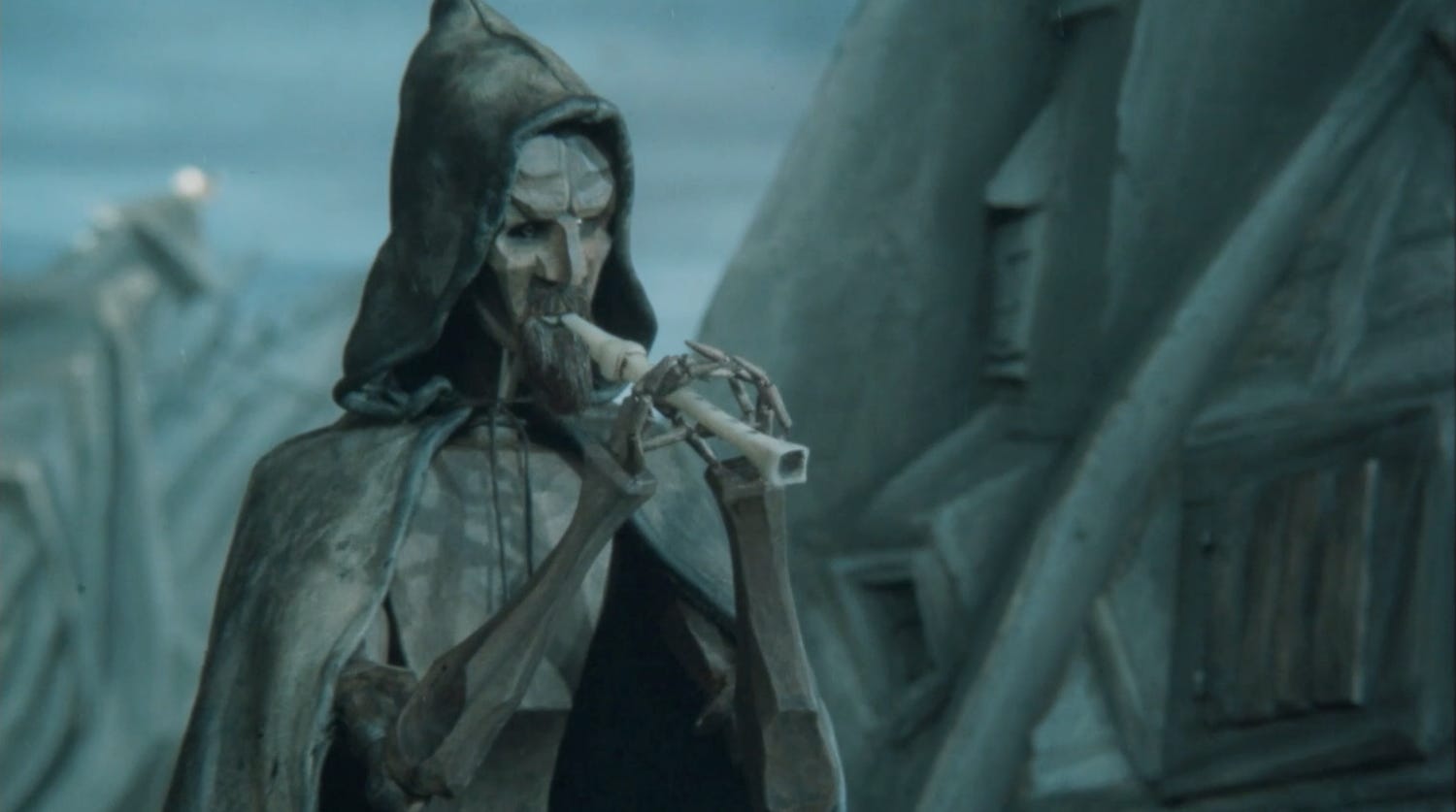
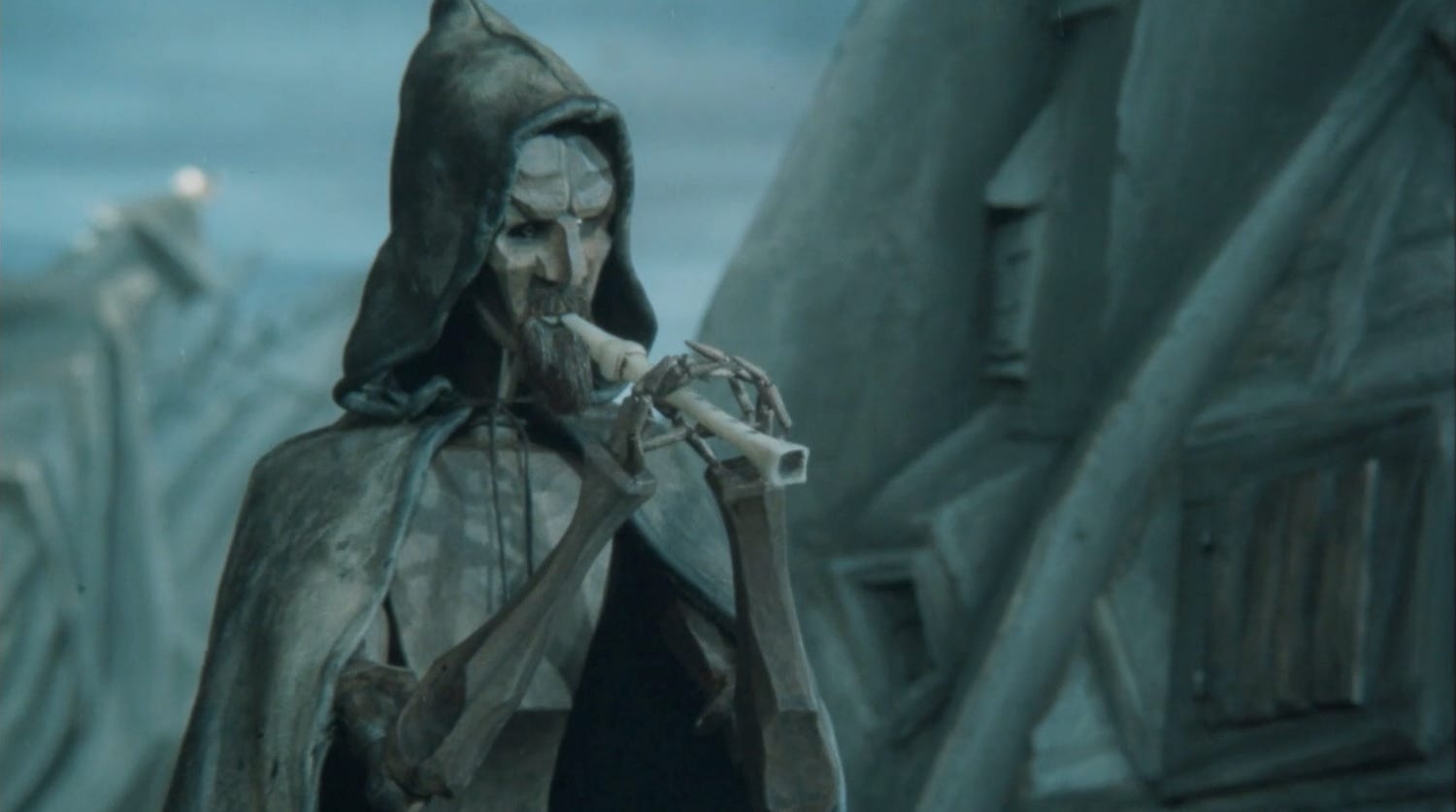
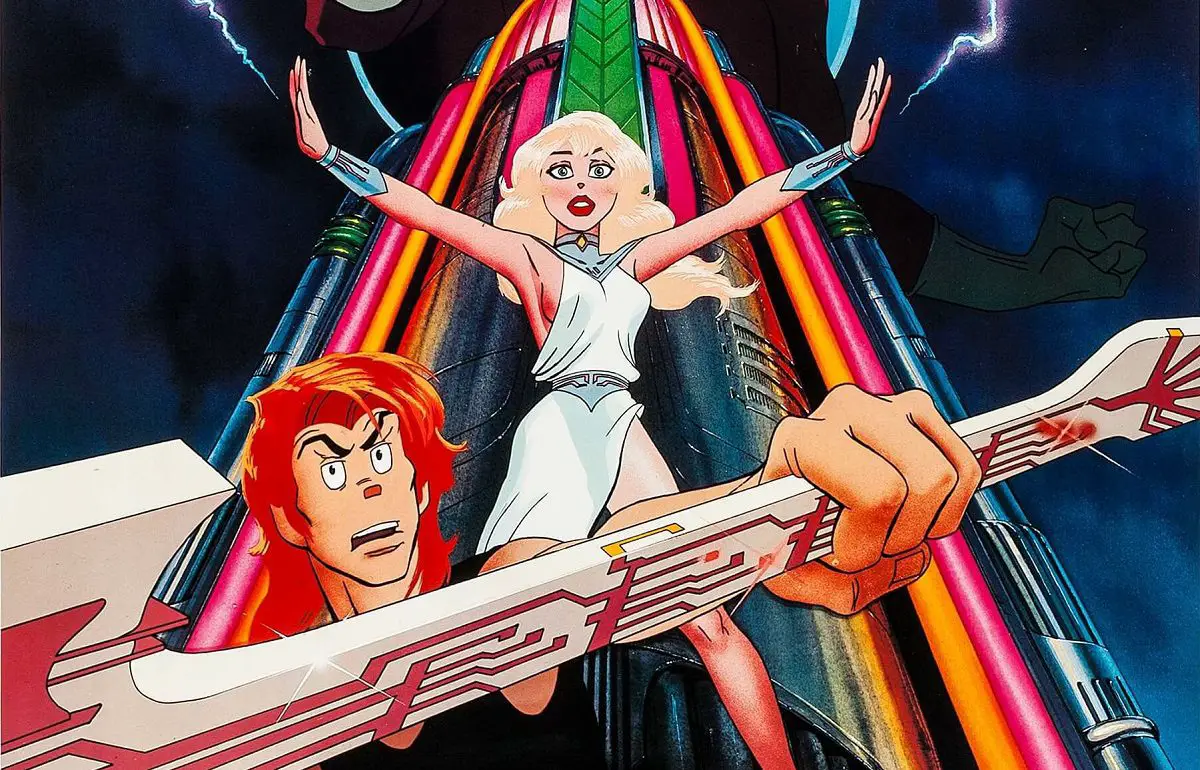

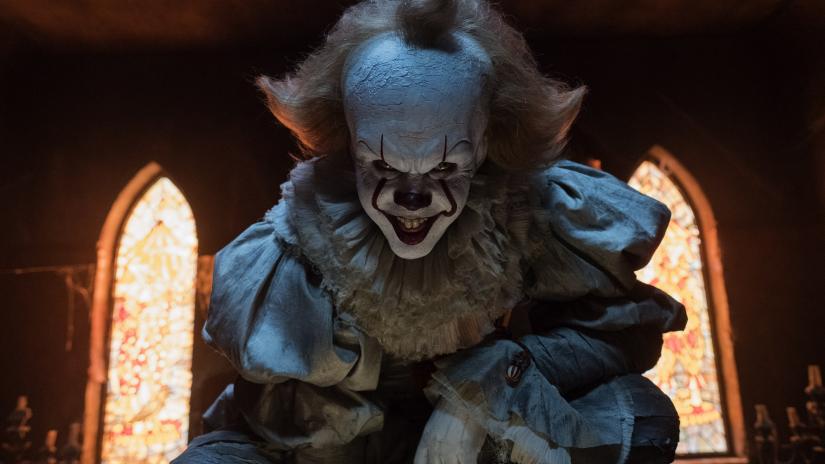
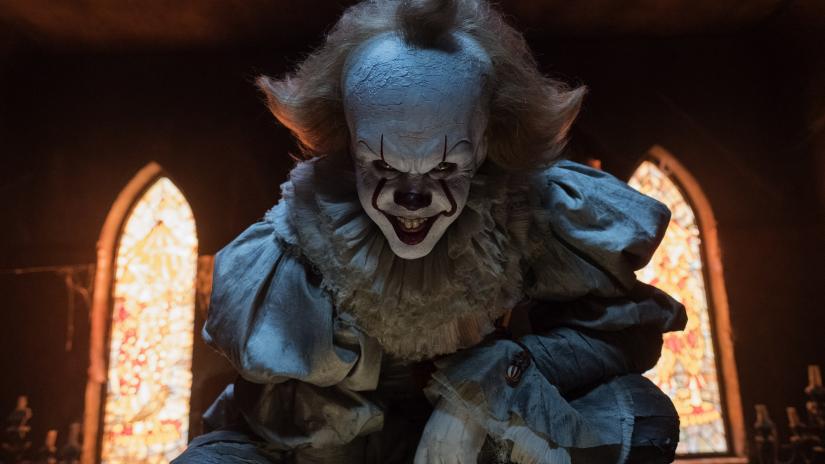


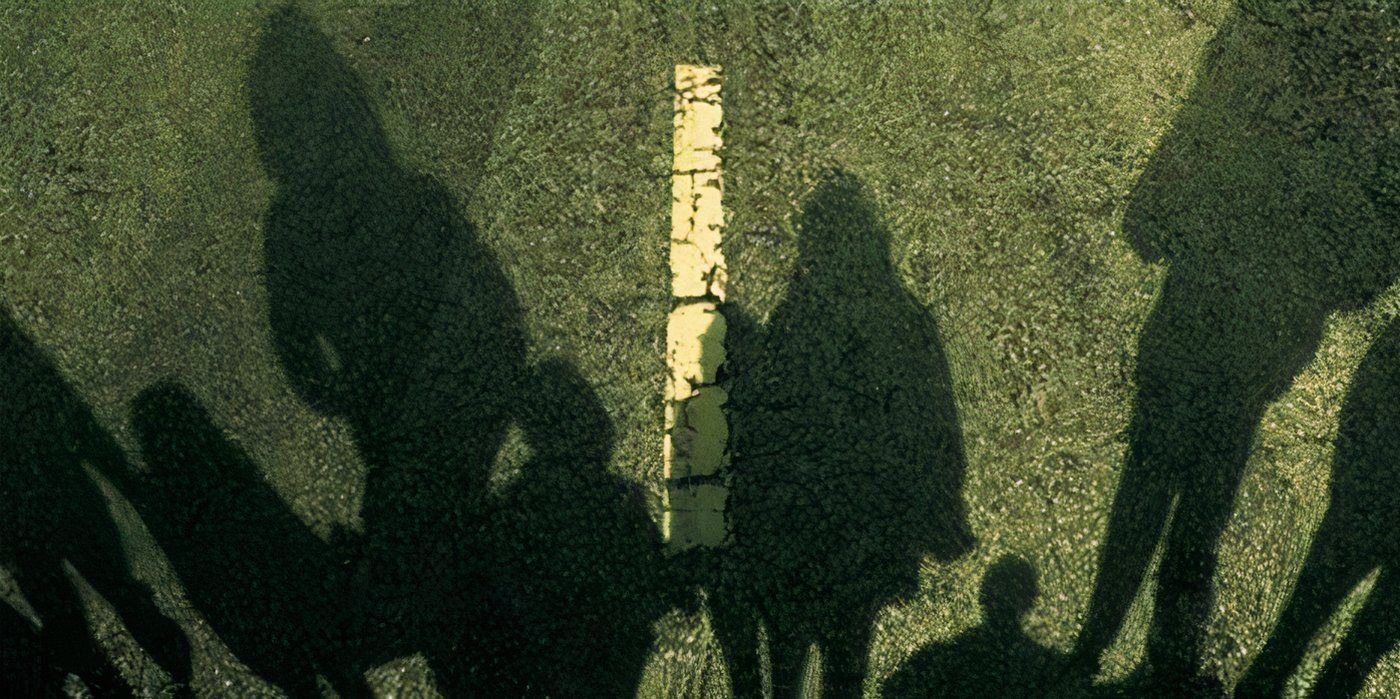



You must be logged in to post a comment.